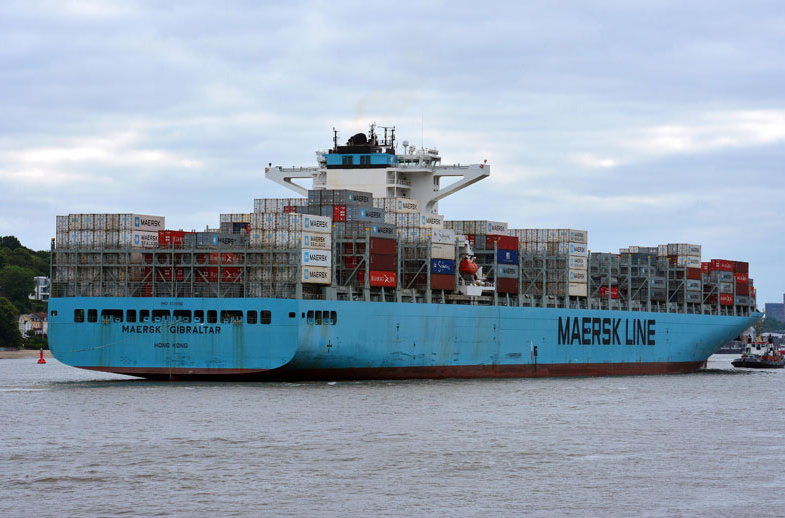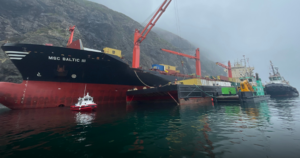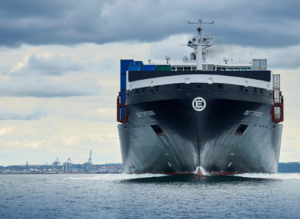Disruption to Red Sea container shipping is rising, Maersk, said on Monday, forecasting this will cut the industry’s capacity on the Far East to North Europe and Mediterranean by 15-20% in the second quarter.
Maersk is also reporting using 40% more fuel per journey while saying that charter rates are currently three times higher, often fixed for five years.
Maersk and other shipping companies have diverted vessels around Africa’s Cape of Good Hope since December to avoid attacks by Iran-aligned Houthis in the Red Sea, with the longer voyage times pushing freight rates higher.
“The risk zone has expanded, and attacks are reaching further offshore,” Denmark’s Maersk said.
“This has forced our vessels to lengthen their journey further, resulting in additional time and costs to get your cargo to its destination for the time being,” it added in an updated advisory to customers.
The knock-on effects of the situation have included bottlenecks and vessel bunching, as well as delays and equipment and capacity shortages.
By routing traffic away from the Suez Canal, Maersk estimated an industry wide capacity loss of 15-20% on the Far East to North Europe and Mediterranean market during the second quarter.
They report using 40 percent more fuel per journey while saying that charter rates are currently three times higher, often fixed for five years.
Maersk reports it has so far leased more than 125,000 additional containers to address some of the capacity concerns.
“You will see relevant surcharges on your latest invoices. These are to offset the costs of the longer journeys, increased sailing speed, and additional fuel costs.”
The shipping giant also highlighted the fact that while it reduced recently the Peak Season Surcharge (PSS), it has been increased again to help cover the additional costs outlined above.
“We will continue to review the surcharges regularly and will keep you up to date of any changes,” added the container liner Maersk.



